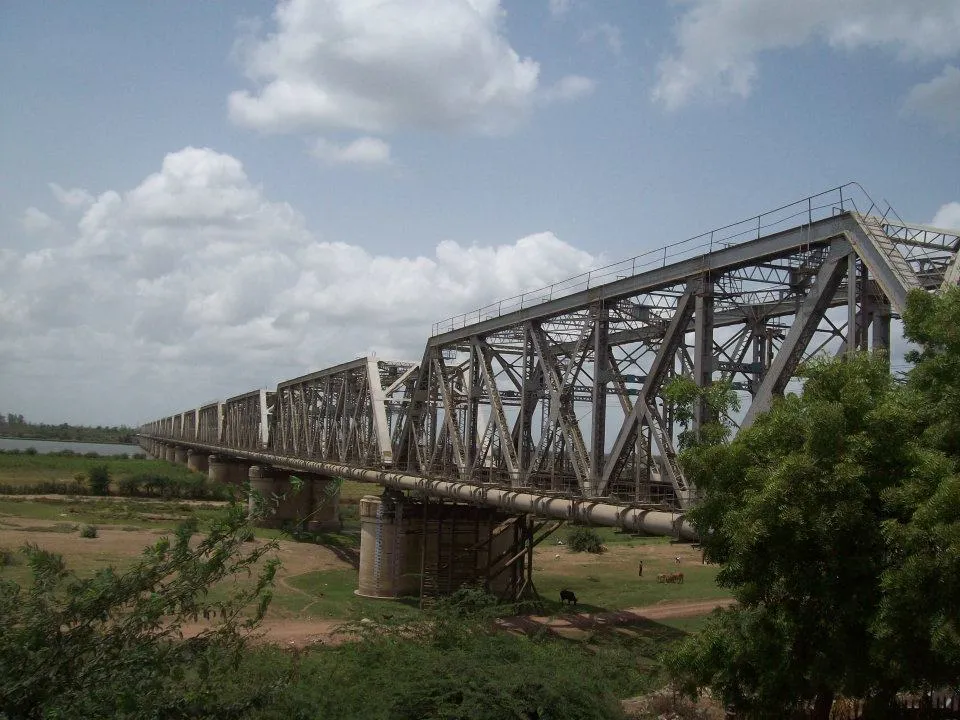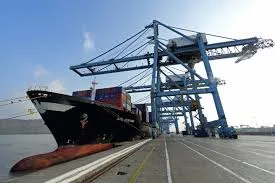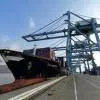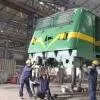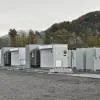A pioneer in the HVAC industry, Carrier offers non-ozone-depleting, lower global warming potential (GWP) refrigerants and is committed to phasing out less environment-friendly options like R-22 (freon with high ozone depletion potential). Sundaresan Narayanan, Managing Director, Carrier - HVAC India, in conversation with R SRINIVASAN, speaks of the company’s initiatives to reduce the carbon footprint of its HVAC products, its ESG and R&D efforts, and expansion plans, among others. Excerpts:
As a pioneer in the industry, what features and products set the company apart?
At a global level, Carrier wants to be the leader in intelligent climate and energy solutions. We are accelerating our progress towards more innovative and connected technologies, from our products or solutions to more environment-friendly, low GWP refrigerants.
We are working with our customers to lower their carbon footprint and help them in their sustainability and ESG journey. Globally, we have committed to spending over $ 2 billion on developing sustainable solutions by 2030. We are one of the first manufacturers in India to phase out the R. 22 refrigerant in light commercial ducted and cassette products. The move to R-410A was a step towards the gradual phase-down of HCFC (chlorodifluoromethane) production and use. We are working with our suppliers to ensure that they, too, work towards sustainable products and solutions.
HVAC systems account for
40 per cent of the total energy use in commercial buildings. What initiatives has the company adopted to reduce the carbon footprint of its HVAC products?
Buildings contribute to
40 per cent of overall greenhouse gas (GHG) emissions, with HVAC systems accounting for nearly
16 per cent of global GHG emissions annually. Carrier is committed to reducing this impact by setting science-based targets aligned with limiting global warming to 1.5°C. We aim for net-zero emissions across our
value chain by 2050 and plan
to save over one gigatonne of carbon emissions for our
customers by 2030. Our goal is to become a carbon-neutral organisation by 2030.
To achieve these objectives, Carrier is focusing on developing more energy-efficient products and collaborating with our suppliers to track progress. Initial steps include waste reduction and recycling initiatives, as well as carbon offsetting projects. We are optimising transportation routes and partnering with external agencies like ECOVADIS to reinforce our commitment to sustainability.
Since 2020, we have already helped our customers save over
212 million metric tonne of GHG emissions, equivalent to powering 27 million homes in the US for a year. The Carrier India factory in Gurgaon, over 35 years old, is IGBC Platinum-certified and achieves an annual reduction of 1,500 metric tonne of CO2 equivalent emissions. Our Mumbai office is also IGBC-certified, demonstrating our commitment to sustainability in both our operations and field activities. By integrating these initiatives, Carrier India is actively working towards a more sustainable future for our company and the planet.
Given the integration of a building management system (BMS) or building automation system (BAS) with HVAC, security, entertainment, power, etc, how is Carrier planning to extend its range of products for commercial offices and residences?
Technological advancements are at the core of the company’s product development strategy. Apart from its products, Carrier is known for its solutions and integration with building management systems. Our focus is on developing smart, connected products that can be integrated with building management systems for optimal performance. One of the most exciting innovations we are working on is a platform called Abound [a cloud-based digital platform that uses advanced technologies to enable real-time insights,
intelligent outcome-based results that make buildings more efficient and responsive], which helps in digital transformation, enabling customers to monitor and improve their building performance. The Abound platform is compatible with all open protocols like BACnet, LonWorks and Modbus, making it versatile and easy to integrate with existing systems. We are continuously working on making more connected solutions for commercial offices and residences, providing a seamless integration with our HVAC systems. We are also developing new refrigerants with low global warming potential to reduce the environmental impact of our products.
Additionally, we are working on advanced HVAC systems that use AI and machine learning to enhance efficiency and performance. We also offer sustainability consulting services to help customers develop and implement strategies to reduce their carbon footprint.
Carrier is committed to phasing out less environment-friendly options like R-22 (freon with high ozone depletion potential). In terms of future-proofing to comply with upcoming regulations to avoid the need for costly retrofits, which non-ozone-depleting, lower GWP refrigerants (like R-410A, R-32, R-134a, R-407C, R-1234yf, R-1234ze, etc) is the company looking at?
As part of the Montreal protocol, we phased out R.22 refrigerant across all our product lines inducted and cassettes. Right now, our products are moving to R. 410 A, which is a greener refrigerant and less ozone-depleting. Other products with refrigerants are R-134a and R-1234ze, which is zero ozone-depleting and has low global warming potential.
How much does the company spend annually on R&D?
We are an engineering, technology-driven organisation. In the past three years, Carrier has invested over $ 1.4 billion dollars globally on R&D. From a product and sustainable solutions standpoint, we have over 9,000 patents that have already been approved or are pending for approval globally. Globally, Carrier has three i3 [Imagine, Innovate and Ignite] labs and one of them is in India – the Hyderabad Research Development Centre (HRDC) – to develop new products and technologies across all our product lines.
What would you describe as Carrier’s remarkable feats in project execution?
Carrier is a global leader in intelligent climate and energy solutions organisation and not just focused on selling products. The company believes in walking the talk to ensure that our products have low GWP. We have a separate vertical called Eco-Energy, a subsidiary of Carrier Corporation based in Bengaluru, which specialises in AI and IoT solutions for our customers. We can remotely monitor over 50,000 buildings globally. So, through the IoT platform, we can help customers save on energy and move closer towards their sustainability goals.
What are the company’s plans in terms of new plants, expansion efforts and exports? Is Carrier aspiring to be a sourcing hub for the Middle East and Africa?
We have major expansion plans for Carrier India. We are exporting to some South Asian markets and the Middle East from our India factory. Carrier intends to establish a Global Centre of Excellence (CoE) for sourcing in India. This CoE aims to quadruple sourcing activities over the next five years from Indian suppliers. The company plans to ramp up production at its local factories in India to support increased sourcing and potentially supplement production needs at other Carrier facilities worldwide.

